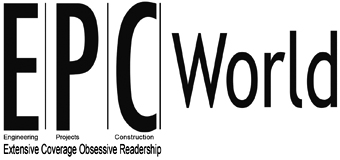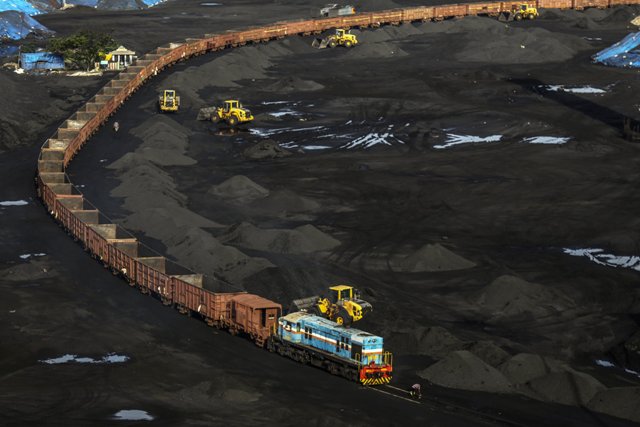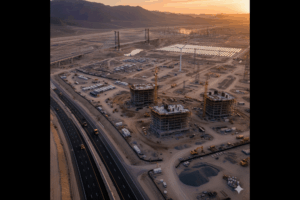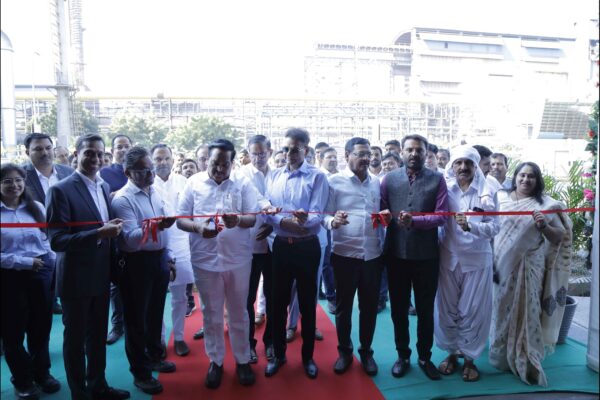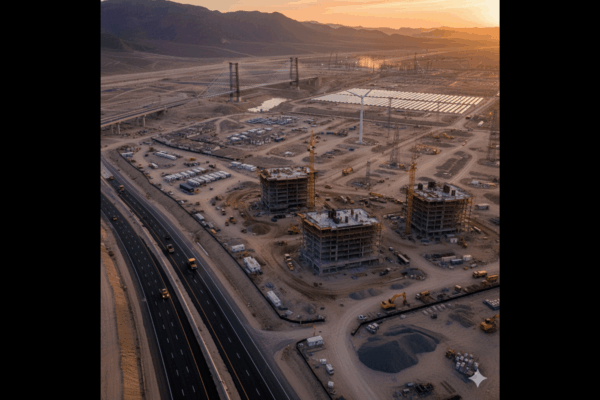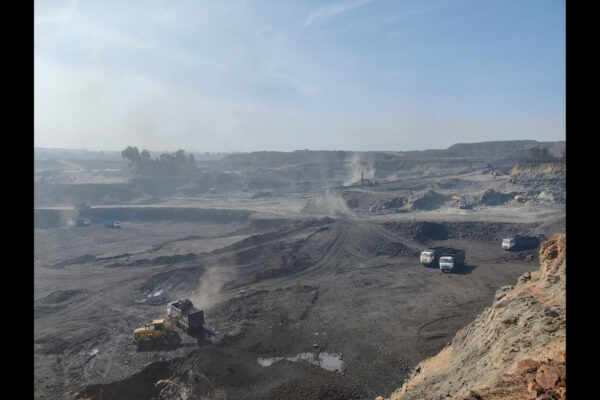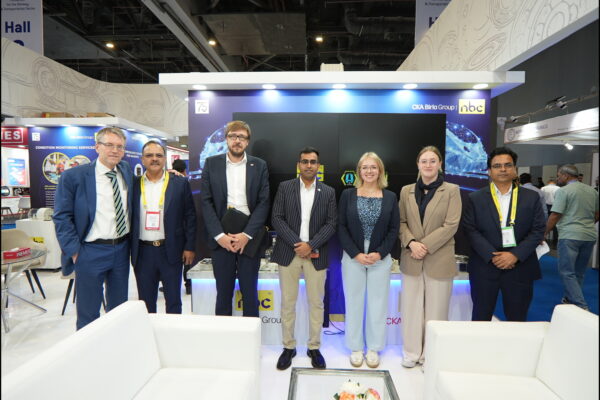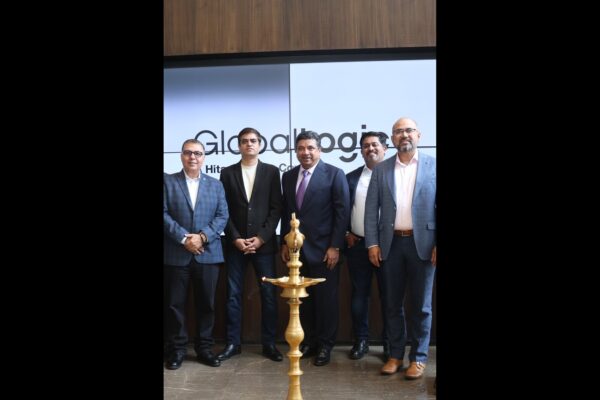Future beneath our feet
Country’s rich mineral resources are looking up to policy makes and industry players to clean up their game and put them to use in pepping up the growth cycle.Tejasvi Sharma, Chief Editor, EPC World explores
It’s one sector that remains vastly untapped and has tremendous potential. Blessed with an abundant share of mineral wealth owing to its presence in the Gondwana region, the country shares similar growth prospects akin to resource-rich countries like Australia, Brazil, Canada, Chile, Indonesia and South Africa. According to an E&Y study, the country produces about 88 minerals – four fuel-related minerals, 10 metallic minerals, 50 non-metallic minerals and 24 minor minerals.
However, only about 10 per cent of the eight lakh sq. km potentially resource-bearing area has been explored in the country. Insufficient attention to the sector in the previous years and the various mineral exploration policies of the past have not helped the country realize its mining potential and also created dependencies on import for a number of minerals. With the government ensuing relentless focus on the growth of the infrastructure sector through policies and norms in a bid to allow rapid completion of projects, the mining sector in the country is hoping to resurge. With surging demand across various sectors, mineral mining in the country is hoping to see some better days in the future.
But the journey looks to be laden with bumpy roadblocks. Foreign direct investment (FDI) inflows in the mining sector have stuck a rough patch. After touching a crescendo of $659 million in 2014-15, FDI inflows into mining have tanked to $36 million at the end of 2017-18. As a share of the overall FDI drawn by the country, the mining sector’s contribution has shrunk from 2.06 per cent to 0.08 per cent during the period, according to data by Centre for Monitoring Indian Economy (CMIE).
A report by Care Ratings elucidates how the country’s India’s exploration expenditure is almost insignificant in comparison to other nations, even though India stands among the leaders in being rich in a variety of minerals. “Limited focus by the Indian government on the exploration of minerals, with tax rates as high as 64 per cent, amongst the highest globally, is one of the factors leading to a fall in FDI inflow in this sector in India”, says the report.
Efforts are on all across to bring the sector back to life. The much-needed push to the mining sector in the form of the New Mining Policy is likely to transform and boost the exploration activities. This industry friendly policy is expected to double the exploration of minerals in coming 3-5 years.
The central government issued the draft National Mineral Policy (NMP), 2018, wherein it stated that a “long term export policy for the mineral sector” is the need of the hour as it will provide “stability” and “incentive” for bringing investments in “large scale commercial mining” activities. A long-term export policy for the mineral sector would provide stability and prove to be an incentive for investing in large-scale commercial mining activity. To develop mining as a stand-alone industry, substantial investment is required. Assurances on export of minerals will be a key factor for investment decisions particularly on foreign direct investment (FDI) in the sector. The export policy should be based on a clear long-term strategy stated the draft NMP.
Pushing for growth
According to another EY report, the growing use of electric vehicles and renewable energy in addition to the growing share of televisions, mobile phones in our consumption basket along with the government’s Make in India initiative with ambitious growth plans in 25 sectors, is tipped to enhance the need for critical minerals that these gadgets use. It also states that the country must assess its needs against the supply of these critical minerals.
The report also touches upon sectors such as automobiles (electric vehicles), aerospace and defence, electronics and renewable energy, which are a part of the Make in India policy and will also, need most of the critical or rare minerals in some form. “Most of these industries are still in nascent stages in India and thus their current consumption of these minerals is low. Additionally, for few of the industries, current focus appears to be sourcing and assembling components instead of indigenous production. It is expected the strategy will move towards more indigenous production and as that happens, the need for these critical minerals will increase exponentially,” the report further adds.
Auctions to the rescue
33 mineral blocks were successfully auctioned till December 2017 having total value of estimated resource of ` 1,69,391 crore. The country has a vast mineral potential with mining leases granted for durations of 20 to 30 years. This along with the rise in infrastructure development is further pushing for the growth of the sector. And having secured ` 1.81 lakh crore in its kitty from e-auction of 50 mineral blocks this year, the government is looking to put on block another 100 mines in the next six months according to the Ministry of Mines. A report by the Ministry on the progress of auctions further reveals that there are 102 blocks in pipeline to be auctioned by March 2019 in Andhra Pradesh, Chhattisgarh, Gujarat, Jharkhand, Karnataka, Madhya Pradesh, Maharashtra, Odisha, Rajasthan, Telangana and Assam.
The measures and policy changes taken by the government has helped the sector witness a turnaround as stated by the Minister of Mines, Shri Narendra Singh Tomar in the recently organized 4th National Conclave on Mines & Minerals In Indore. In the conference organized by the Ministry of Mines earlier this year, the minister in his address highlighted the notable turnaround ever since the government took initiative for policy reforms. This change is evident from the robust growth of 6 per cent of the mineral production in terms of volume and 23.4% in terms of value. With average annual accrual of ` 6000 crore and present accumulated fund of ` 19,500 crores, District Mineral Foundation (DMF) has ushered in the positive perception about mining industry by way of developmental works for the people and area affected by mining. He also expressed his happiness over the fact that out of the 43 mines auctioned under the new auction regime, two have become operational and 9 more blocks are likely to be operational in this year.
CEO NITI Aayog ascribed key importance to the success of Mines in India for achieving Make in India version of the Prime Minister. He underlined the importance of the Mining Sector for the growth of the allied sector and for enabling sufficient job creation for our country to reap the demographic dividend. He urged the Union Mines Ministry to adopt investor friendly approach for furthering the development of mineral sector.
Endowed with abundant reserves of key minerals such as iron ore, bauxite, dolomite, gypsum, limestone, mica, chromite, manganese, zinc and graphite, the country presents significant opportunities in the metals and mining space.
However, with Indian exploration budget continuing to be minimal at 0.5 per cent of the global spend; the opportunity is still largely unexplored. According to an E&Y research, mining can be a significant contributor to the socioeconomic development of vast mineral-rich districts across India. Concerted effort from all stakeholders – governments, planners, policy makers, mining industry, technology and service providers and the host communities – is required with good governance and responsible leadership. Lack of global interest and investment in the Indian mining space has also been a cause of concern for the sector.
Industry experts believe that seeing the present globally competitive environment, the mining industry must work on new financial strategies, aggressive exploration development programs, investment-friendly policies and regulatory framework, value addition of minerals and the use of productivity enhancing techniques. The issue of taxation also needs to be looked at earnestly for the private players both locally and globally to become active participants in the growth of the sector.
@EPC World Media
